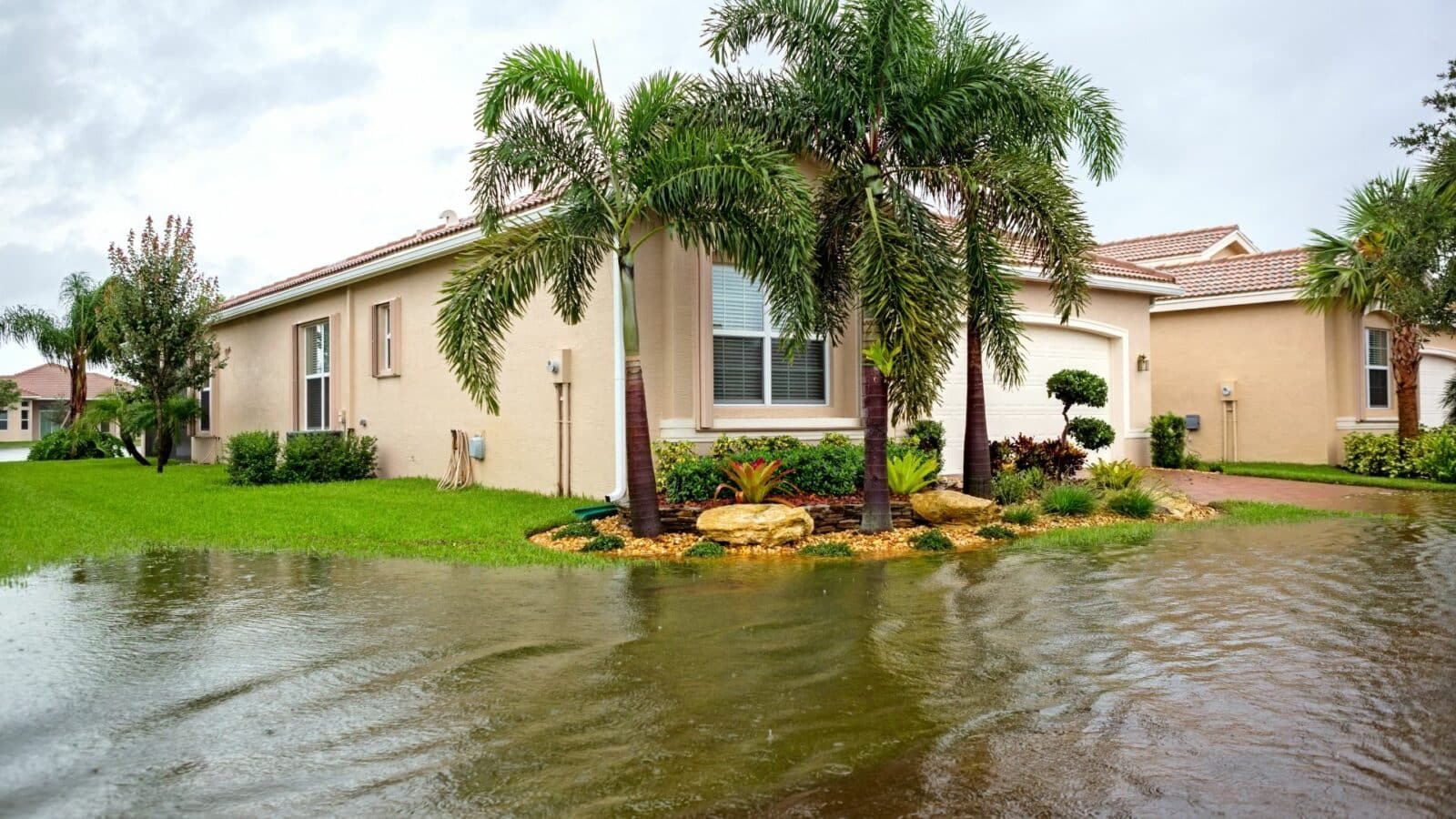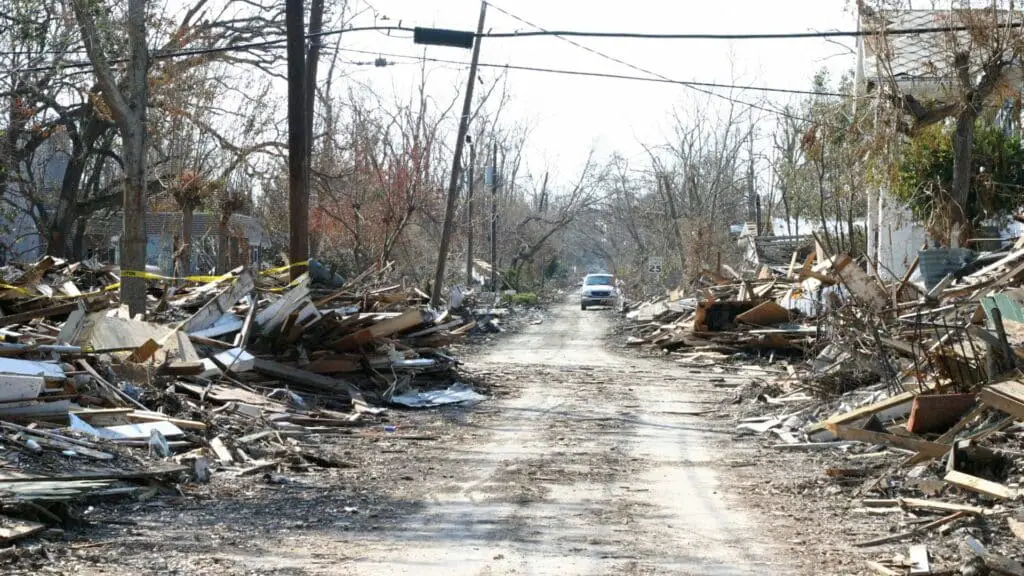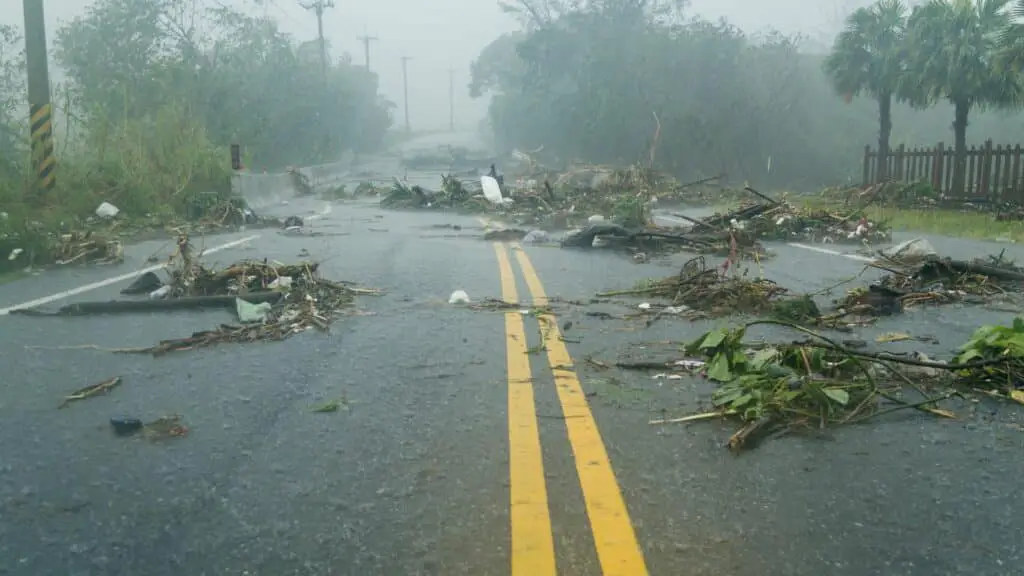Recent reports highlight a staggering reality: nearly half of the homes in the United States are at severe or extreme risk from climate disaster. This encompasses threats from wildfires, floods, hurricane winds, extreme heat, and deteriorating air quality.
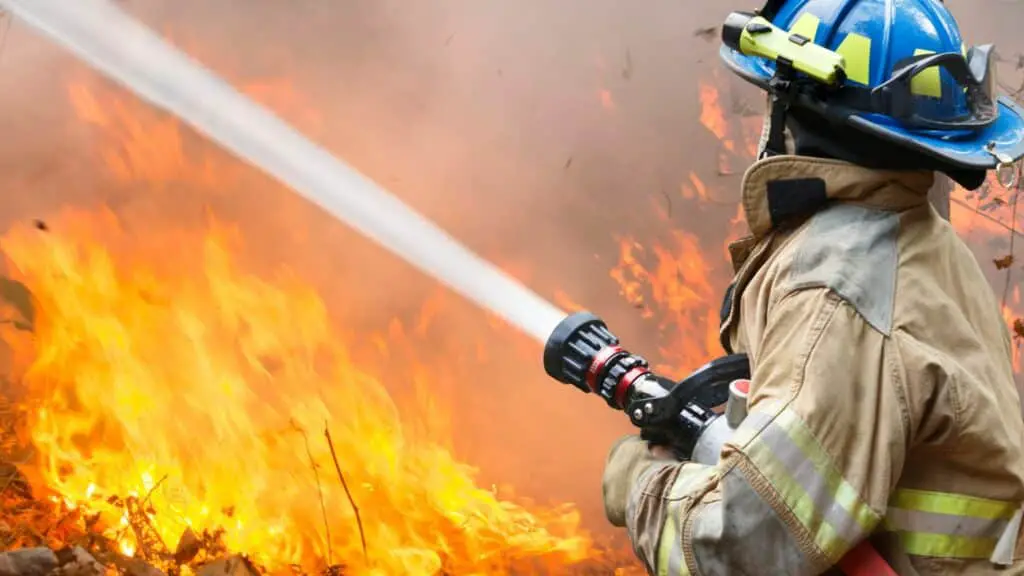
The highlighted risks – wildfires, floods, hurricane winds, extreme heat, and poor air quality – not only threaten the safety and well-being of residents but also signify a broader environmental challenge. These disasters are increasingly common, reflecting a shift in the climate patterns that necessitate urgent attention and action. Each type of disaster carries specific risks and potential damage to properties, emphasizing the need for preparedness and mitigation strategies to protect homes and communities.
Impact on Property and Insurance
The escalating frequency of climate disaster not only endangers lives but also severely impacts the economic landscape for homeowners and the insurance industry. Increased risks translate into higher property insurance premiums and potentially lower property values, especially in high-risk areas. This dynamic places financial pressure on homeowners, while the insurance sector faces challenges in pricing policies accurately to reflect these growing risks.
Cities at the Forefront
Miami stands out as a city with a significant portion of its homes facing severe climate risks, setting a precedent for other urban areas. Alongside Miami, cities such as Los Angeles, New York, and San Francisco are also navigating similar challenges, where the blend of natural beauty and urban development now confronts the stark reality of climate change. This situation prompts a critical reassessment of living and investing in these areas, considering the escalating environmental threats.
Related posts:
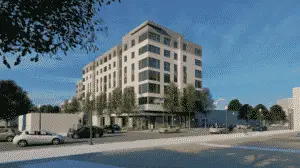 Affordable Rental Provider Repays $710K to Arlington County
Affordable Rental Provider Repays $710K to Arlington County
 Reduce Your Environmental Footprint: Simple Water Conservation Tips for Your Home
Reduce Your Environmental Footprint: Simple Water Conservation Tips for Your Home
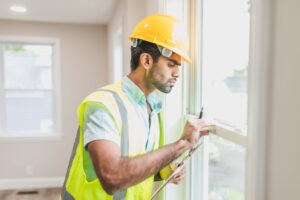 10 Precautions to Stay Safe During a Home Renovation
10 Precautions to Stay Safe During a Home Renovation
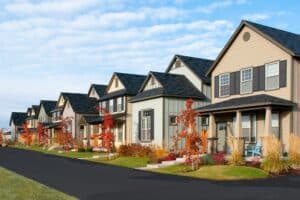 Surge in US Housing: A Close Look at the November 2023 Boom
Surge in US Housing: A Close Look at the November 2023 Boom
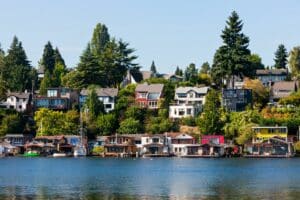 Seattle Fort Lawton Housing Plan Revision: A New Vision for Affordable Living
Seattle Fort Lawton Housing Plan Revision: A New Vision for Affordable Living
